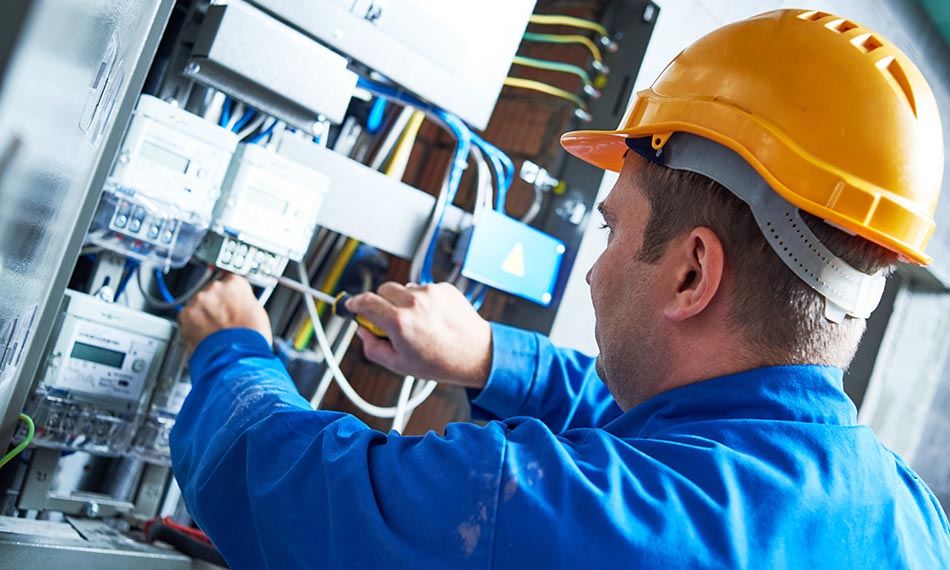Picture a table saw and how quick and powerful it actually is. If you have used this tool in the past, then you probably know how strong it is and how, at the same time, it can be dangerous. It is because of this risk that a safety switch should be used when one uses such a powerful tool.
Problems arise once a power tool user fails to keep his eyes on the board. The table saw (and other such dangerous tools) should be controlled at all times. Minus a perfect control, then you end up with an erroneous cut on the wood or worse, cutting up your hand. Since the switch is located at the side, you will notice that there will always be a split second gap right before the power saw is completely turned off.
There are now many people who have realized the savings that they can have if they learn to prioritize safety in the workplace. If you believe in safety for both your body and your project, then you need an accessory that may be small but it can help you power off your table saw easily.
It is advisable that you invest in safety switches that you can use to power on or off with a single flick. Just give this switch a touch and your table saw should stop rotating almost immediately as the electrical supply is cut. All this happens without you running off to a different direction as the saw dangerously runs on.
How the Safety Switch Works
Safety switches monitor electrical flow within a circuit. It shuts off or trips whenever current escapes from the electrical system. These devices are designed to protect people from power surges, faulty appliances and even damaged wiring. Every premise or home has a switchboard that comes with a main switch. Along with this is a wide array of circuit breaker switches that are often located right behind a cover in a centralized place.
Switches are generally associated with such switchboards although it must never be confused with other kinds of switches. They differ from these switches since circuit breakers are utilized to protect appliances from power surges while safety switches are manufactured to protect people from getting electrocuted.
Apart from installing this kind of switch when working with powerful, bulky tools, it is also important to remember these safety guidelines –
- Only a licensed electrician should be allowed to work with electrical projects.
- It is never safe to overload power points whether at home or in commercial places.
- Ensure that your place is safe against electrocution and shocks especially when you have elderly or younger people at home.
- Never mix appliances with water.
- Have your electrical appliances regularly checked and maintained by an electrician.
- Have your wiring system frequently checked by an electrician.
Three Types of Residual Current Device
Although safety switches are often referred to as such, they are also known as residual current devices. There are three kinds of such switches –
- The switchboard-mounted switches
- The power point safety switches
- Portable switches
The switchboard-mounted type is, as its name suggests, installed to a switchboard. They are used to protect selected circuits and appliances that are plugged into them. The second type is the kind that was installed in many older homes. Such switches were attached instead to an outlet and it protects appliances that are plugged into it. To ensure safety, a power point switches must only be installed on the primary power point right after the circuit board. These are often used in higher risk areas such as the bathroom or workshops.
The last type or portable switches are devices that are crucial for those who need to transport their power tools. These act like extension cords as they attach to the power point while offering a female opening on the other end. Safety must always be observed in any environment that uses power tools. Nothing could be riskier than invisible electricity so always practice precaution. Have a safety switch eliminate such dangers in your home.



